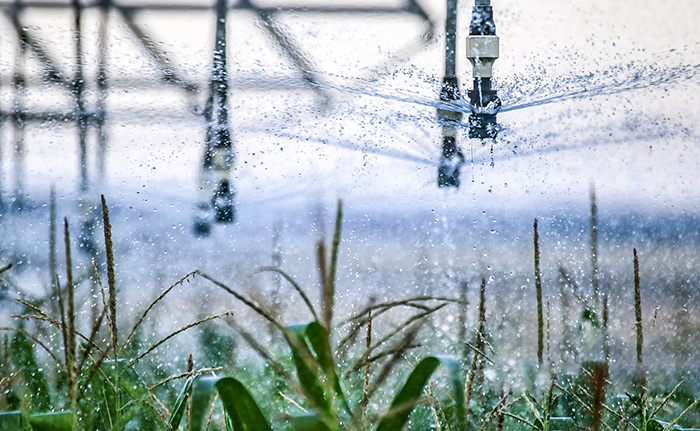Inspection before valve installation
① Carefully check whether the valve model and specifications meet the drawing requirements.
② Check whether the valve stem and valve disc are flexible in opening, and whether they are stuck or skewed.
③ Check whether the valve is damaged and whether the threads of the threaded valve are straight and intact.
④ Check whether the connection between the valve seat and the valve body is firm, the connection between the valve disc and the valve seat, the valve cover and the valve body, and the valve stem and the valve disc.
⑤ Check whether the valve gasket, packing and fasteners (bolts) are suitable for the requirements of the nature of the working medium.
⑥ Pressure reducing valves that are old or have been left for a long time should be dismantled, and dust, sand and other debris must be cleaned with water.
⑦ Remove the port sealing cover and check the sealing degree. The valve disc must be closed tightly.
Low-pressure, medium-pressure and high-pressure valves must undergo strength tests and tightness tests. Alloy steel valves should also conduct spectral analysis on the shells one by one and review the materials.
1. Valve strength test
The strength test of the valve is to test the valve in the open state to check the leakage on the outer surface of the valve. For valves with PN ≤ 32MPa, the test pressure is 1.5 times the nominal pressure, the test time is not less than 5 minutes, and there is no leakage at the shell and packing gland to be qualified.
2. Valve tightness test
The test is carried out with the valve fully closed to check whether there is leakage on the valve sealing surface. The test pressure, except for butterfly valves, check valves, bottom valves and throttle valves, should generally be carried out at nominal pressure. When it can be determined At working pressure, the test can also be carried out at 1.25 times the working pressure, and the sealing surface of the valve disc shall be qualified if it does not leak.
General rules for valve installation
1. The installation position of the valve should not hinder the operation, disassembly and maintenance of the equipment, pipelines and valve body itself, and the aesthetic appearance of the assembly should be taken into consideration.
2. For valves on horizontal pipelines, the valve stem should be installed upward or installed at an angle. Do not install the valve with the hand wheel downward. The valves, valve stems and handwheels on high-altitude pipelines can be installed horizontally, and a vertical chain at a lower level can be used to remotely control the opening and closing of the valve.
3. The arrangement is symmetrical, neat and beautiful; for the valves on the standpipe, if the process allows, the valve handwheel is most suitable to be operated at chest height, generally 1.0-1.2m from the ground, and the valve stem must follow the operator Orientation installation.
4. For valves on side-by-side vertical pipes, it is best to have the same central line elevation, and the clear distance between handwheels should not be less than 100mm; for valves on side-by-side horizontal pipes, they should be staggered to reduce the distance between pipes.
5. When installing heavier valves on water pumps, heat exchangers and other equipment, valve brackets should be installed; when valves are frequently operated and installed more than 1.8m away from the operating surface, a fixed operating platform should be installed.
6. If there is an arrow mark on the valve body, the direction of the arrow is the flow direction of the medium. When installing the valve, make sure the arrow points in the same direction as the flow of the medium in the pipe.
7. When installing flange valves, ensure that the end faces of the two flanges are parallel and concentric with each other, and double gaskets are not allowed.
8. When installing a threaded valve, in order to facilitate disassembly, a threaded valve should be equipped with a union. The setting of the union should consider the convenience of maintenance. Usually, the water flows through the valve first and then through the union.
Valve installation precautions
1. The valve body material is mostly cast iron, which is brittle and should not be hit by heavy objects.
2. When transporting the valve, do not throw it randomly; when lifting or hoisting the valve, the rope should be tied to the valve body, and it is strictly prohibited to tie it to the handwheel, valve stem and flange bolt hole.
3. The valve should be installed in the most convenient place for operation, maintenance and inspection, and it is strictly prohibited to bury it underground. Valves on pipelines that are directly buried or in trenches should be equipped with inspection wells to facilitate the opening, closing and adjustment of the valves.
4. Ensure that the threads are intact and wrapped with hemp, lead oil or PTFE tape
Post time: Nov-03-2023




